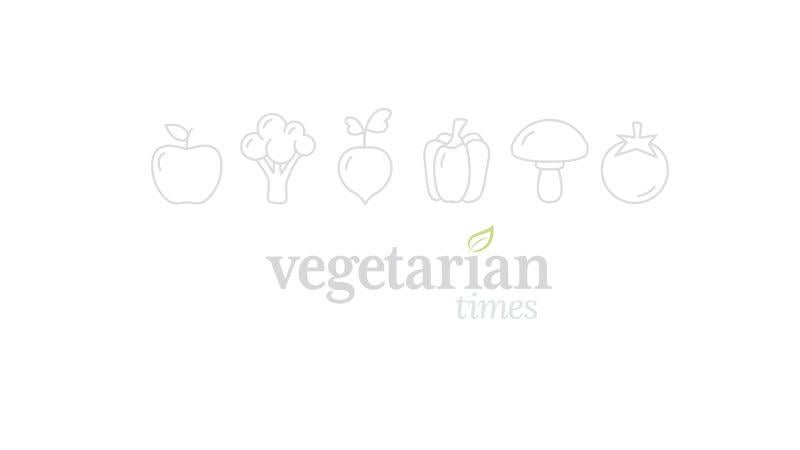Movie on a Mission: Open Sesame

Photo: Julie Gibbons

Extinction isn’t just impoverishing our planet when it comes to animal species, it’s also threatening plant life, most notably crops we rely on for food. About 90 percent of the varieties of fruits and vegetables grown 100 years ago no longer exist, according to a study by the Food and Agriculture Organization of the U.N. Open Sesame: The Story of Seeds explores efforts worldwide to promote crop diversity and help secure our food supply. And it all starts with seeds. Here, the film’s producer/director, Sean Kaminsky, answers questions about the longstanding practice of seed saving.
How are seed saving and the local food movement connected?
People may not realize this, but many so called “local” fruits and vegetables are grown from seeds that were flown in from across the country or even around the world. However, when local food movements incorporate seed saving into their agricultural practices, there are numerous benefits. When seed is saved in a local region year after year, it adapts to the microclimate of that area. The seeds become actual community members! Every seed has a story: who selected it, who grew it, and for what reason. Using organic seed that is adapted to a specific region can also lead to higher yields as well as tastes unique to that locale. Furthermore, a local food movement that supports farmers and gardeners who save their own seed also creates a fully independent cycle of food growing. Without seed independence, there cannot be true food independence.
How does climate change raise the stakes for seed saving?
Climate change is already wreaking havoc on crops worldwide. Whether it’s drought, flooding, extreme cold, or devastating heat, growing conditions have become increasingly unpredictable. It’s impossible to predict which trait might help crops in the climate conditions of the future. In order to grow healthy, resilient crops we’ll need to preserve and protect as much genetic diversity as we can. More emphasis needs to be placed on growing and saving seeds so that we can work with the innate genetic intelligence of seeds to adapt to their changing conditions.
What advice would you give to consumers who want to promote biodiversity when it comes to seeds?
It’s not necessary to have a science background to become a seed saver or even a plant breeder. Folks who have gardens can experiment with seed saving. They can begin to adapt their own varieties and observe and record what happens. Rocky Mountain Seed Alliance offers a Seed School, and Seed Savers Exchange also has a number of seed saving resources on their Web site. When individuals purchase seeds (preferably organic), they can ask the company, “Where do your seeds come from?” They can also ask the same question at their farmer’s market when they purchase local fruits and veggies. Many communities already have seed libraries, and I encourage people to become involved with those by sharing and swapping seeds. For communities that don’t have seed libraries, the Richmond Grows Seed Lending Library offers some excellent resources. Most important, get out in your yard, visit a community garden, or clear your windowsill and grow something!
Any experiences with seed saving? Share them in the comments!